PHASE DIAGRAMS UNDERSTANDING THE BASICS
Category: Engineering Books BSc in MME : Materials And Metallurgical Engineering

Explore our products and add items to your cart.
| Sub-Total : | ৳0 |
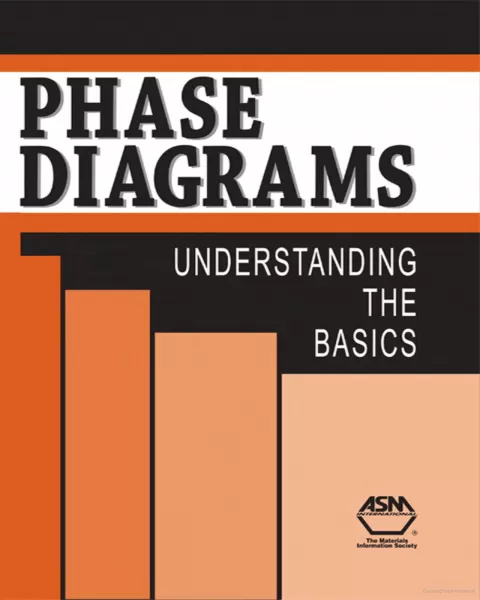
Category: Engineering Books BSc in MME : Materials And Metallurgical Engineering
| Title | PHASE DIAGRAMS UNDERSTANDING THE BASICS |
|---|---|
| Publisher | ASM International |
| Edition | 2012 |
| No. Of Pages | 462 |
| Country | USA |
| Language | English |
| Description | PREFACE Phase diagrams are graphical maps that show the behavior of metal
alloys during heating and cooling. In addition, they show the solid phases that
are present after an alloy freezes. They are a primary tool in metallurgy because
they provide the basis for predicting or interpreting the changes in the
internal structure of a material. When an alloy undergoes heating and cooling,
it undergoes phase transitions or transformations, in both the liquid and solid
state. Therefore, an appreciable amount of this book is devoted to
understanding these transformations. In
keeping with ASM's goal in the Understanding the Basics series of technical
books, many of the mathematical formulations that underlie the theory of phase
diagrams have been omitted. There are many excellent texts on chemical
thermodynamic that provide this theory. The material in this book can be
comprehended by anyone with some degree of a technical background. For those
lacking knowledge of basic metallurgical principles, I have included two
appendices that are helpful. Appendix A covers the basics of metallic
structure, while Appendix B is an introduction to the principles of
solidification. This book is helpful to engineers, technicians, production personnel
and students with no previous exposure to metallurgy. It is also helpful to
metallurgical engineers who have forgotten many of the principles of phase
diagrams and need a refresher. Chapter 1 is
a brief introduction to phase diagrams. The next two chapters offer basic
information that is helpful in reading subsequent chapters. Chapter 2 is an introduction to solid solutions and phase
transformations. While I have attempted to avoid the detailed development of
the thermo- dynamic formulation behind phase diagrams, Chapter 3 gives a
somewhat cursory overview of the importance of Gibbs free energy and how it is
used to construct and interpret phase diagrams.
The two types of alloy phase diagrams that receive the most emphasis are
binary (two metals) and ternary (three metals). While a few quaternary (four
metals) diagrams can be found in the literature, computer modeling based on
thermodynamic principles (described in Chapter 13) are now almost exclusively
used to analyze this degree of complexity. Important binary phase diagrams involving liquid and solid reactions
are covered in Chapter 4 (isomorphous), Chapter 5 (eutectic), Chapter 6
(peritectic), and Chapter 7 (monotectic). Solid-state transformations are
covered in Chapter 8 and include the important eutectoid and peritectoid
reactions. Gas-metal reactions are important in metals processing and
in-service corrosion; therefore, Chapter 11 covers the basics of these systems
where pressure becomes an important variable. The construction of a phase
diagram is a tedious and exacting process. In Chapter 12, some of the important
methods that are used in phase diagram determination and construction errors
are discussed. While many of the uses of phase diagrams will become apparent as
you progress through the book, Chapter 14 summarizes their usage and gives some
real world industrial examples of how phase diagrams were used to solve
problems. While phase diagrams are constructed under as close as possible to
equi-librium conditions, many important phase transformations in alloys occur
under highly nonequilibrium conditions. There are two chapters that cover these
types of transformations. Chapter 15 covers the nonequilibrium cool-ing ferrous
alloys that form the basis for the strengthening of steel by heat treatment.
Chapter 16 covers the precipitation hardening process that is important in
strengthening ferrous and nonferrous alloys, particularly aluminum and
nickel-based alloys. A first course in materials science would be helpful in
understanding the material in this book; however, most of the material is easy
to understand and builds as you progress through the book. The purpose of this
book is to introduce the basics and not to replace handbooks on engineering
alloys. I would like to acknowledge the help and guidance of Scott Henry and
Steve Lampman of ASM, the editorial staff at ASM, and the people that reviewed
this manuscript for their valuable contributions.
F.C. Campbell St. Louis, Missouri |
"Your personal data will be used to enhance your website experience, manage account access, and fulfill other described purposes in privacy & policy".
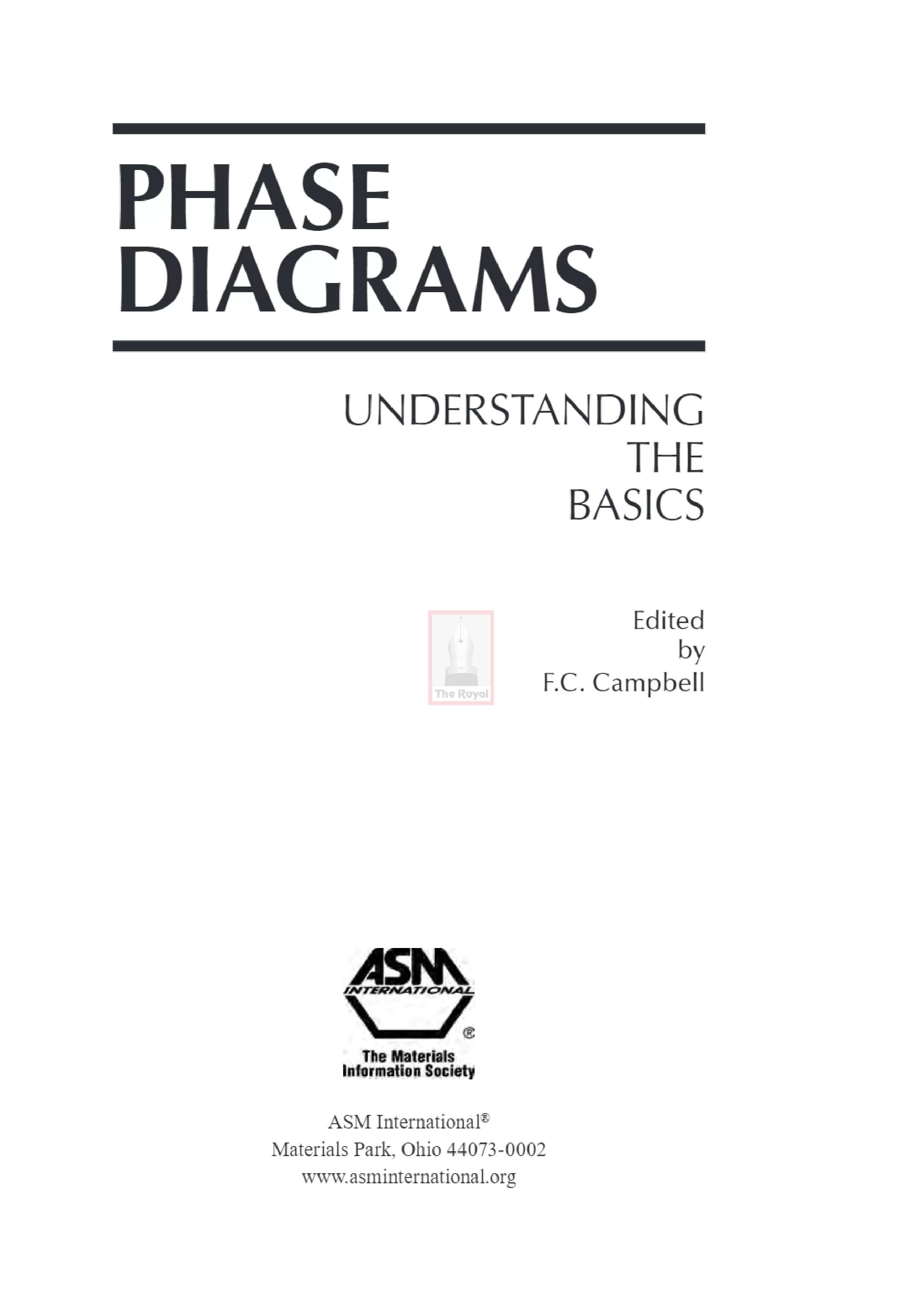
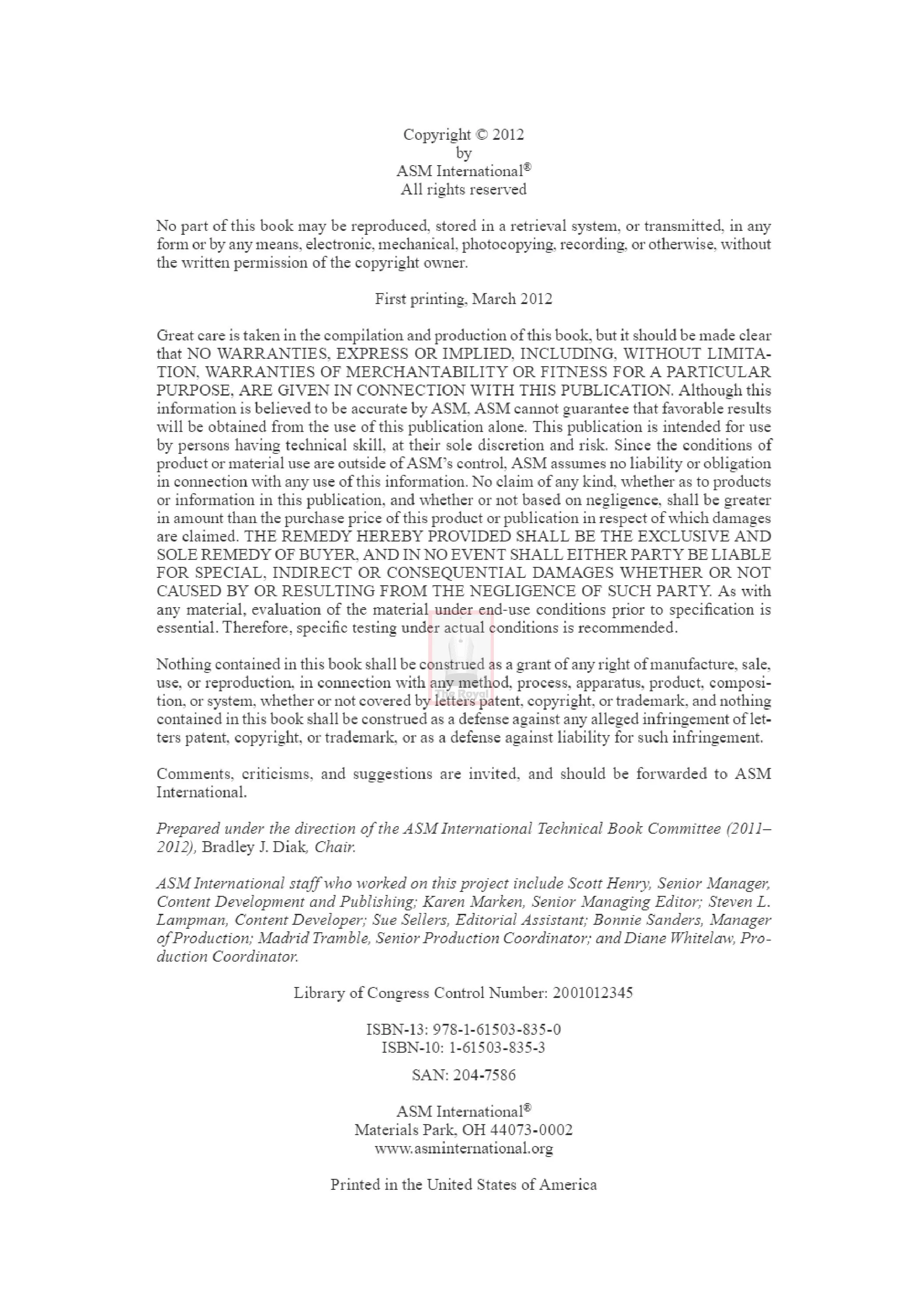
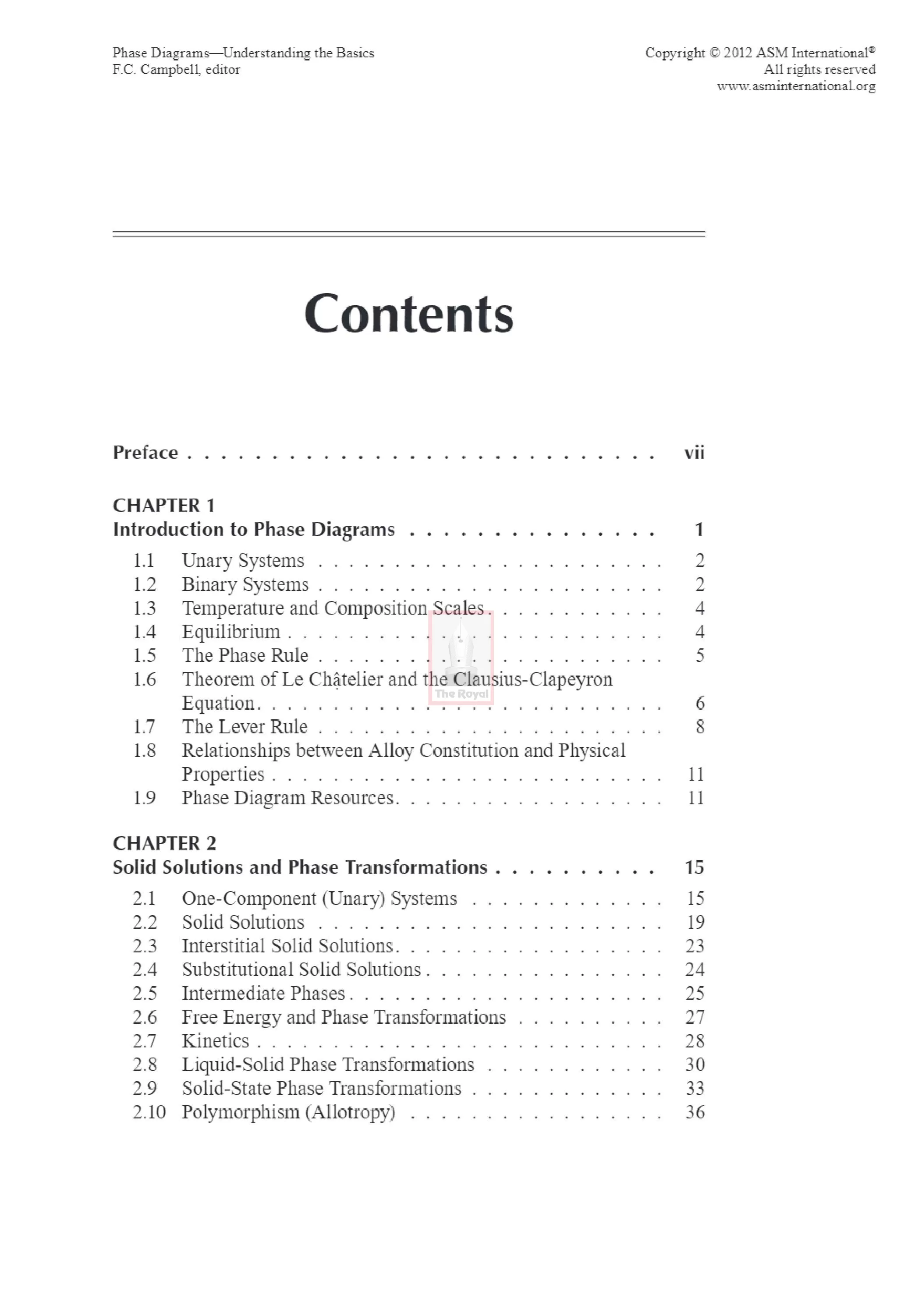
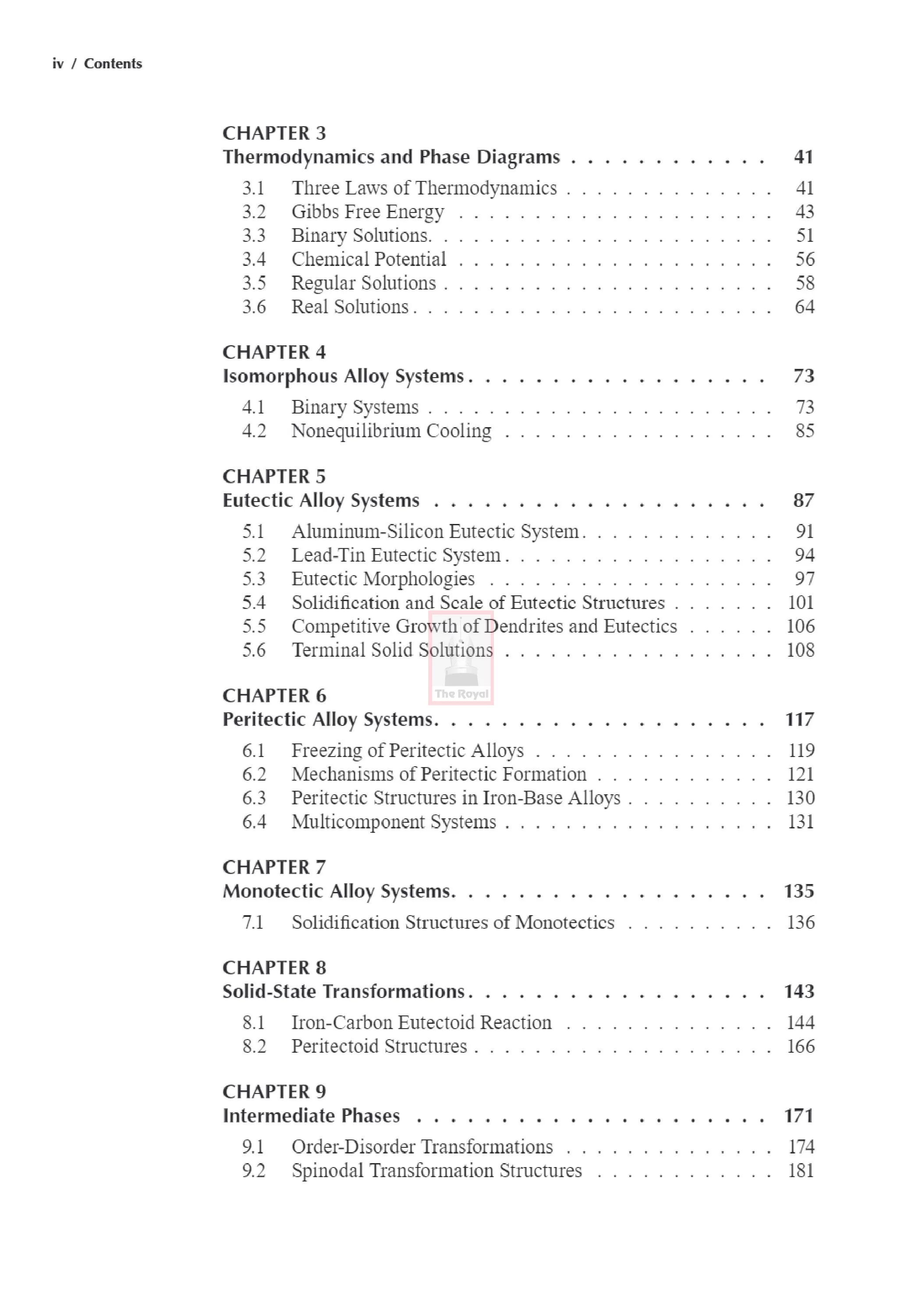
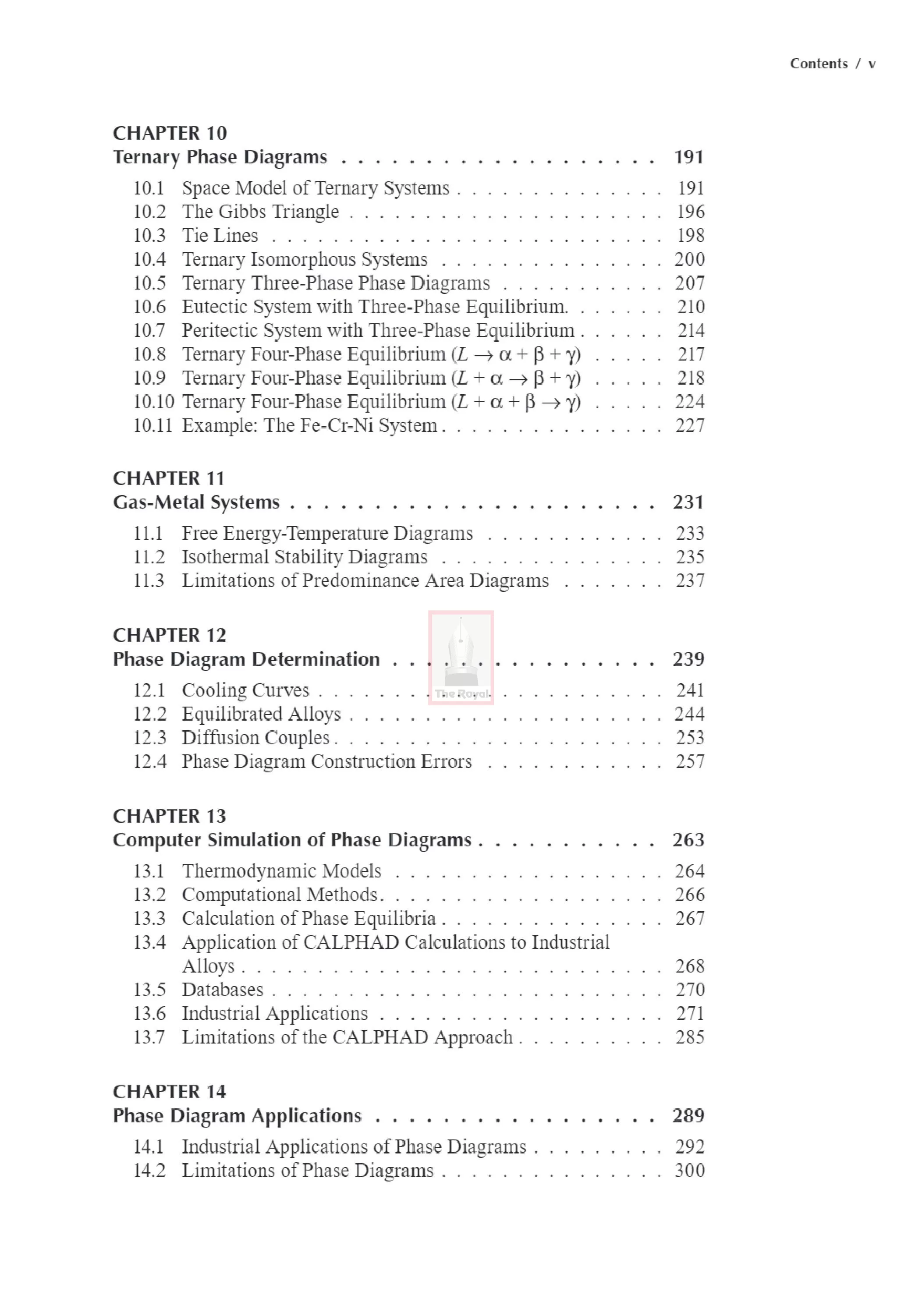
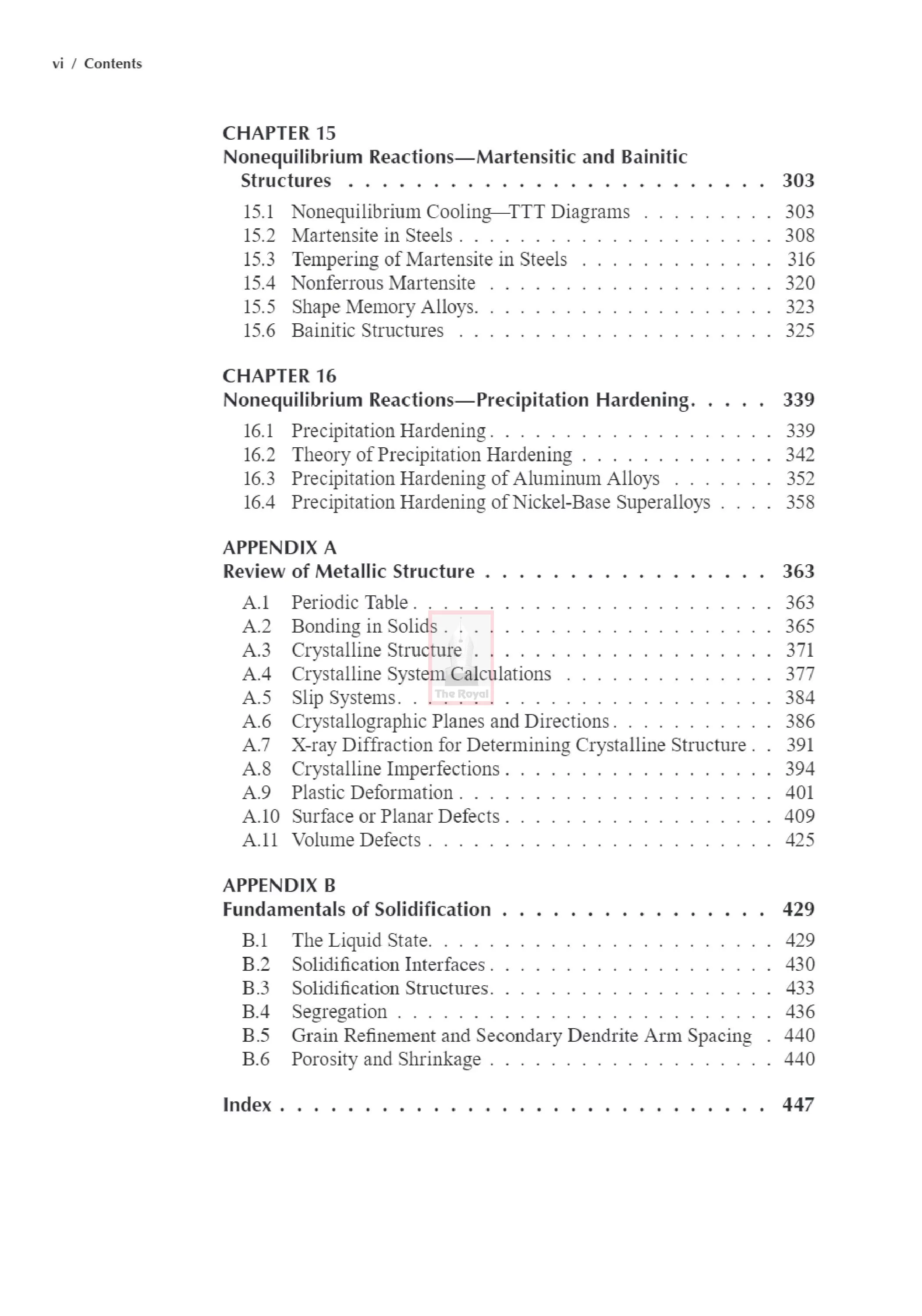
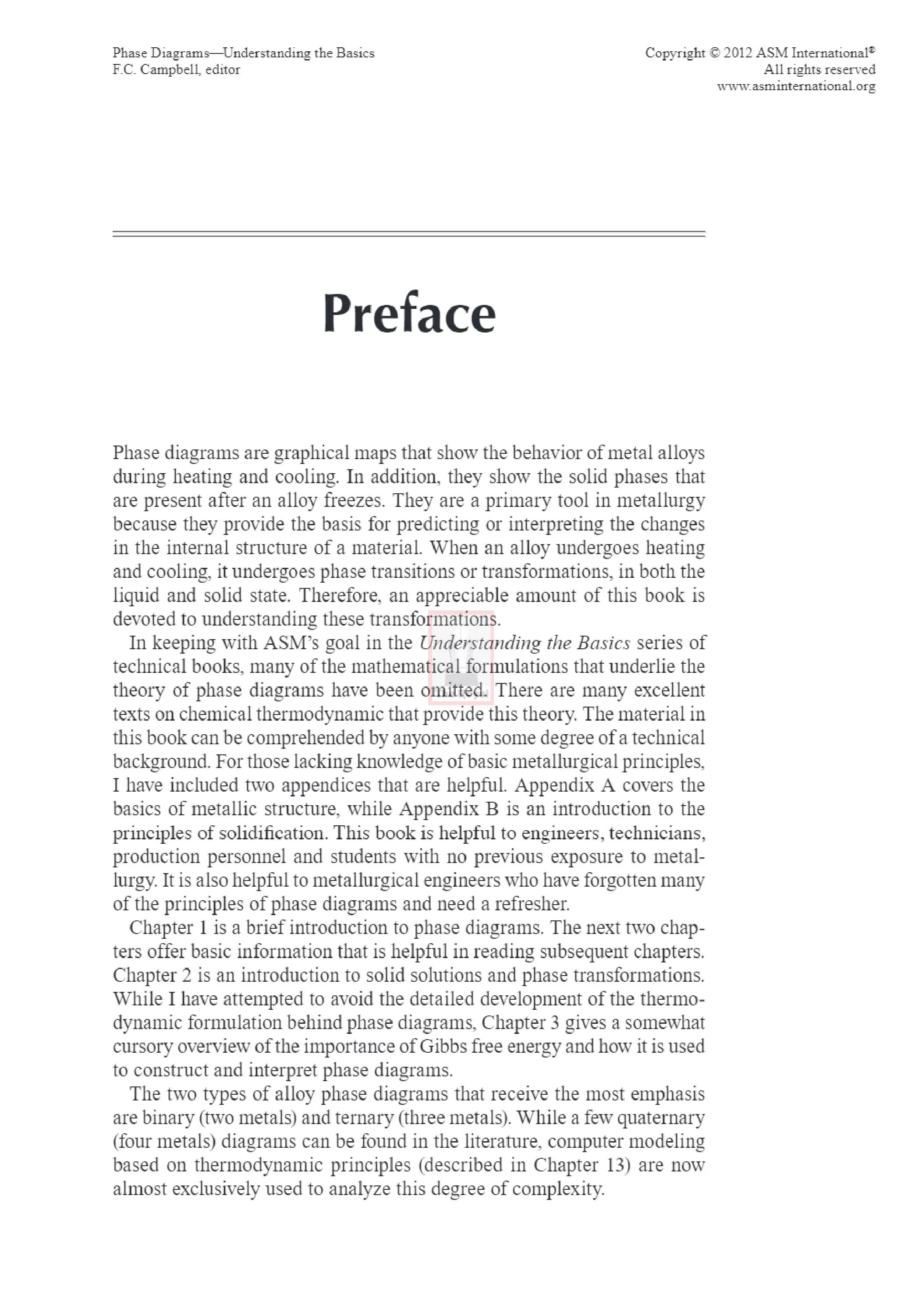
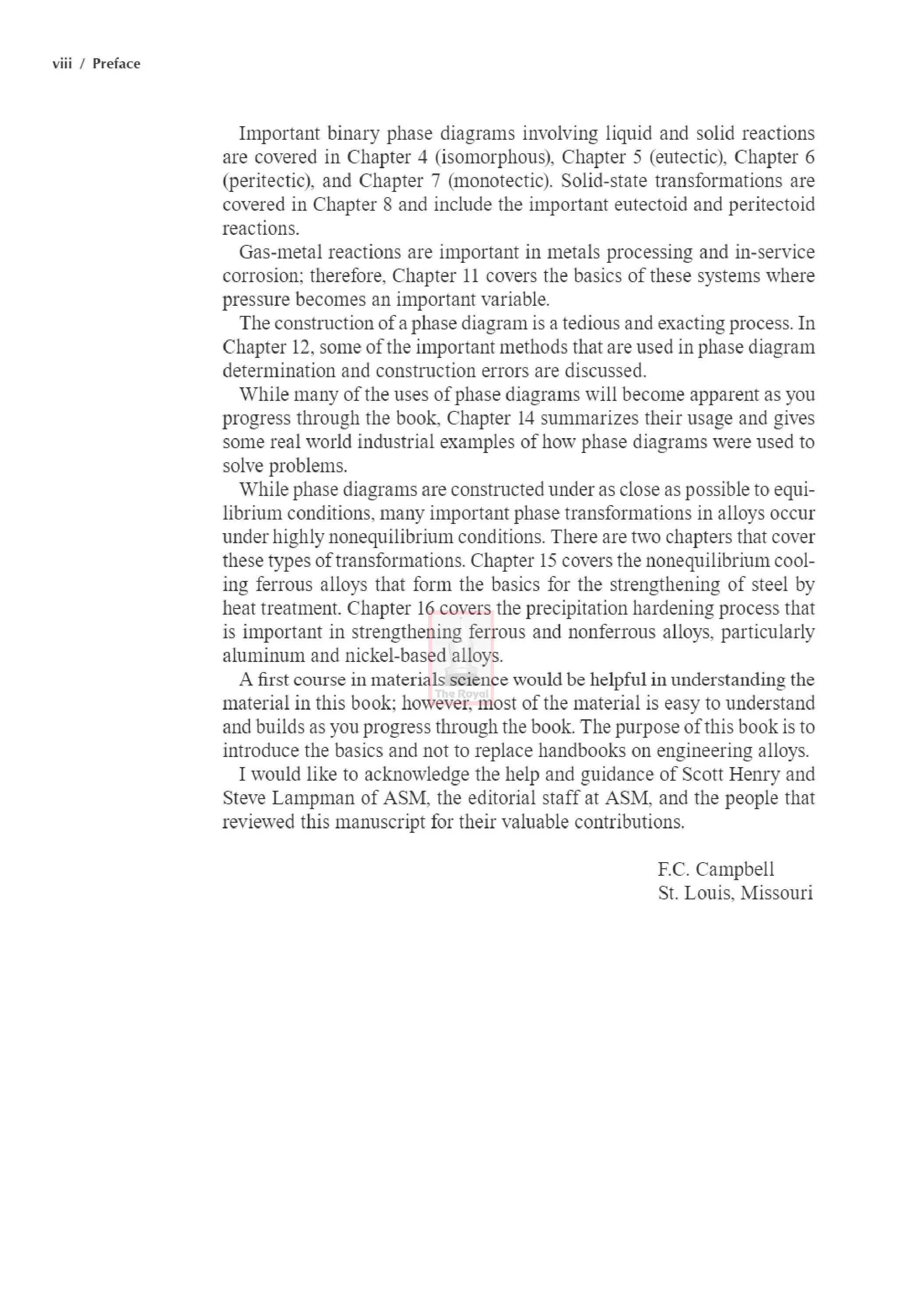
Chat with us




